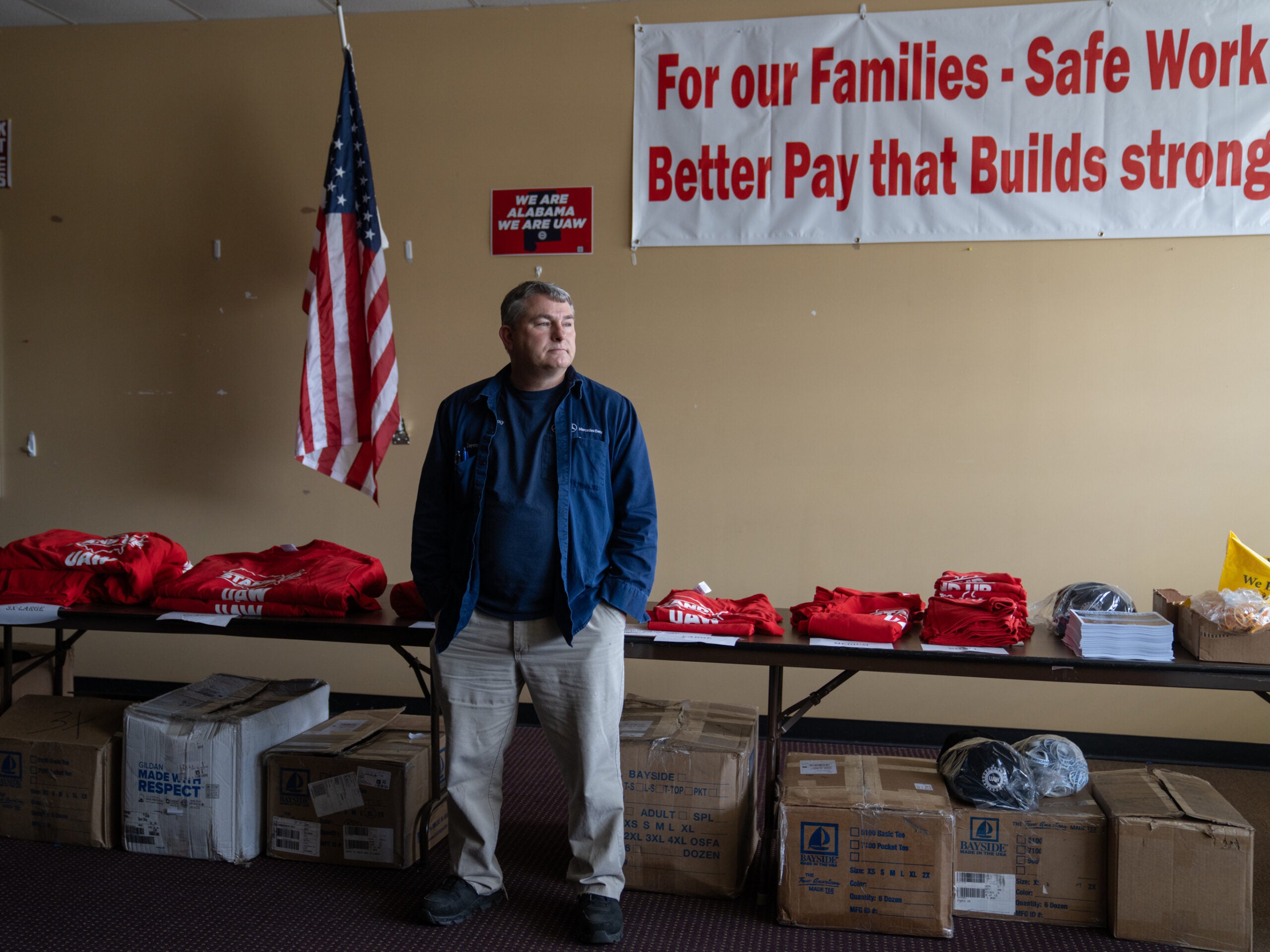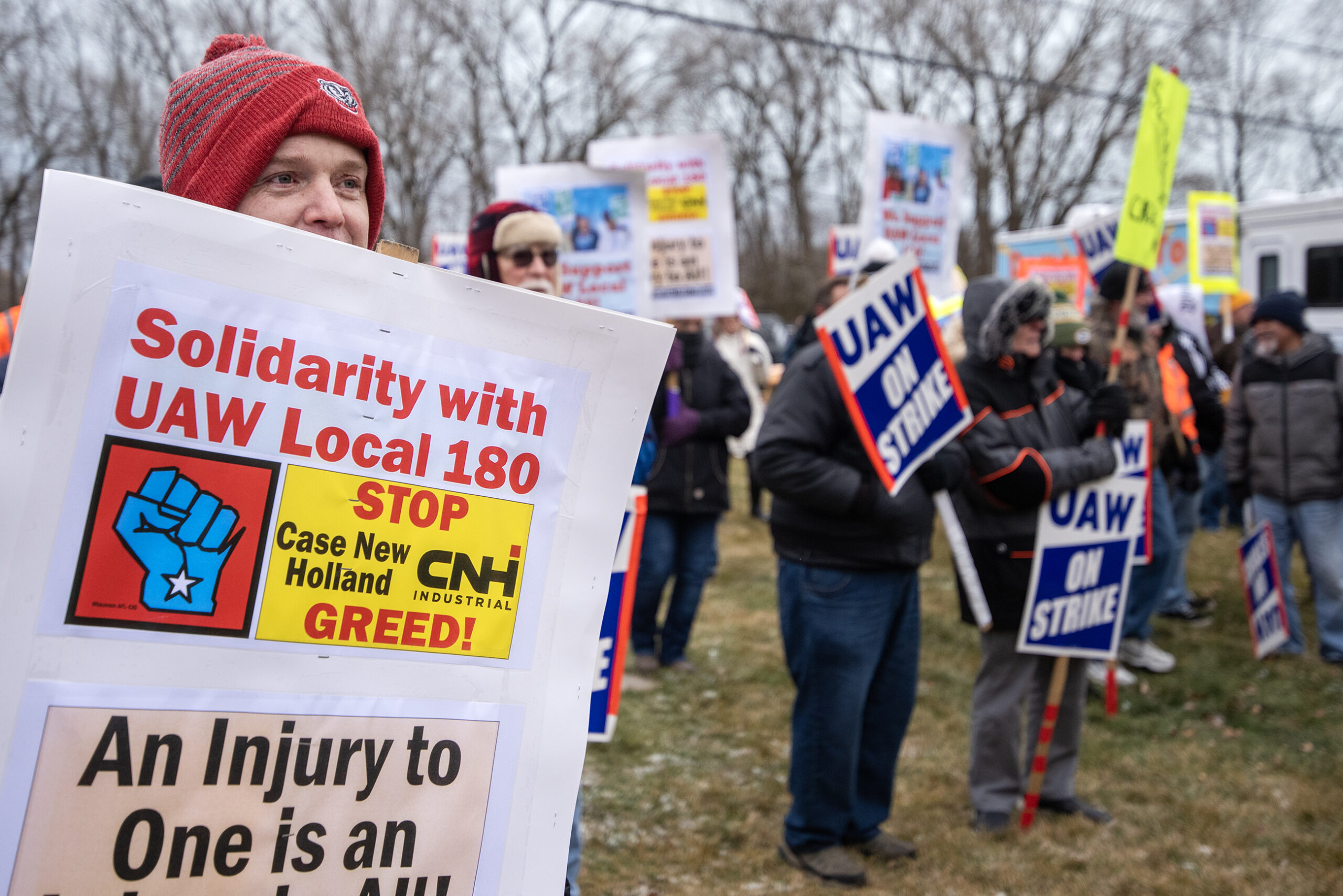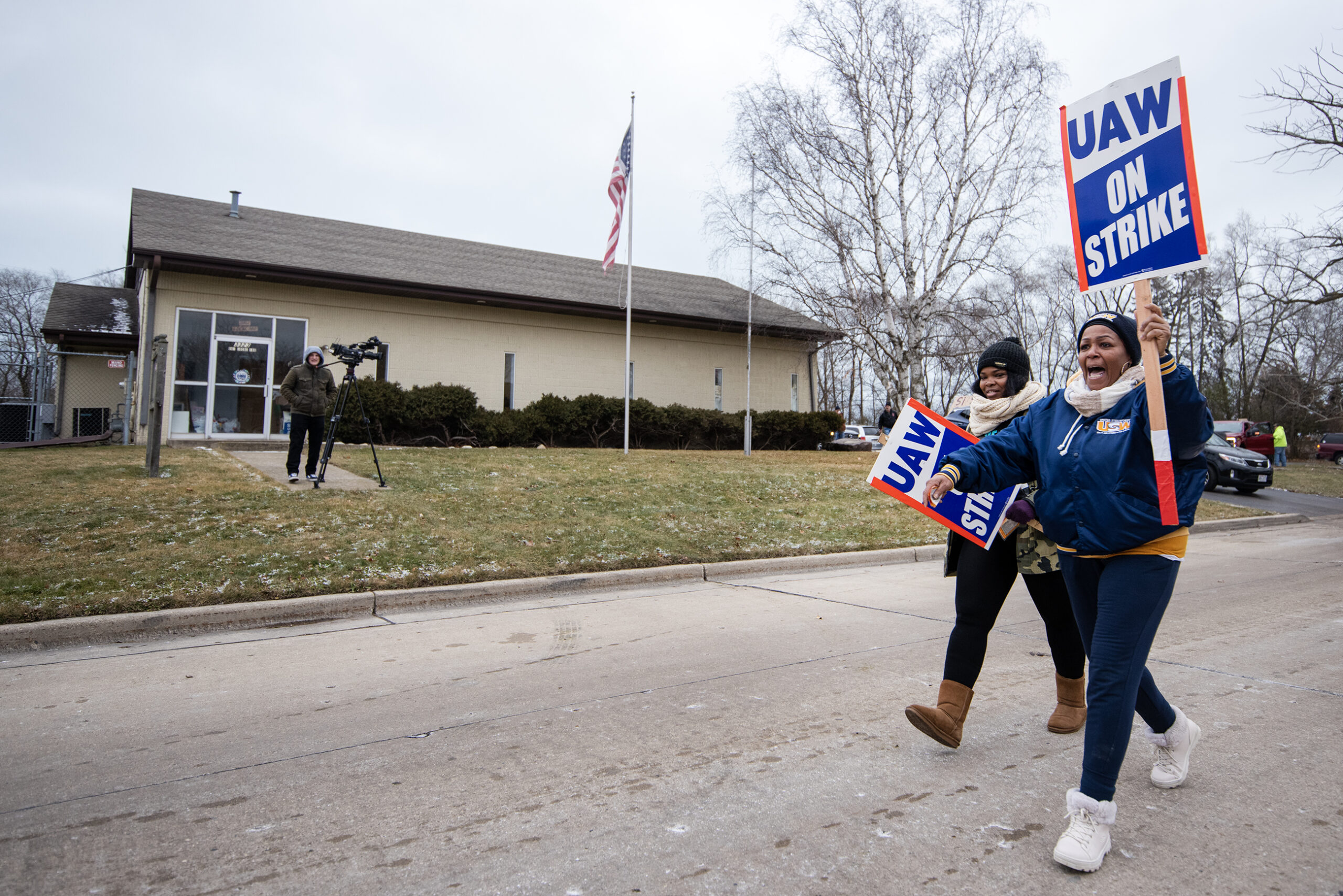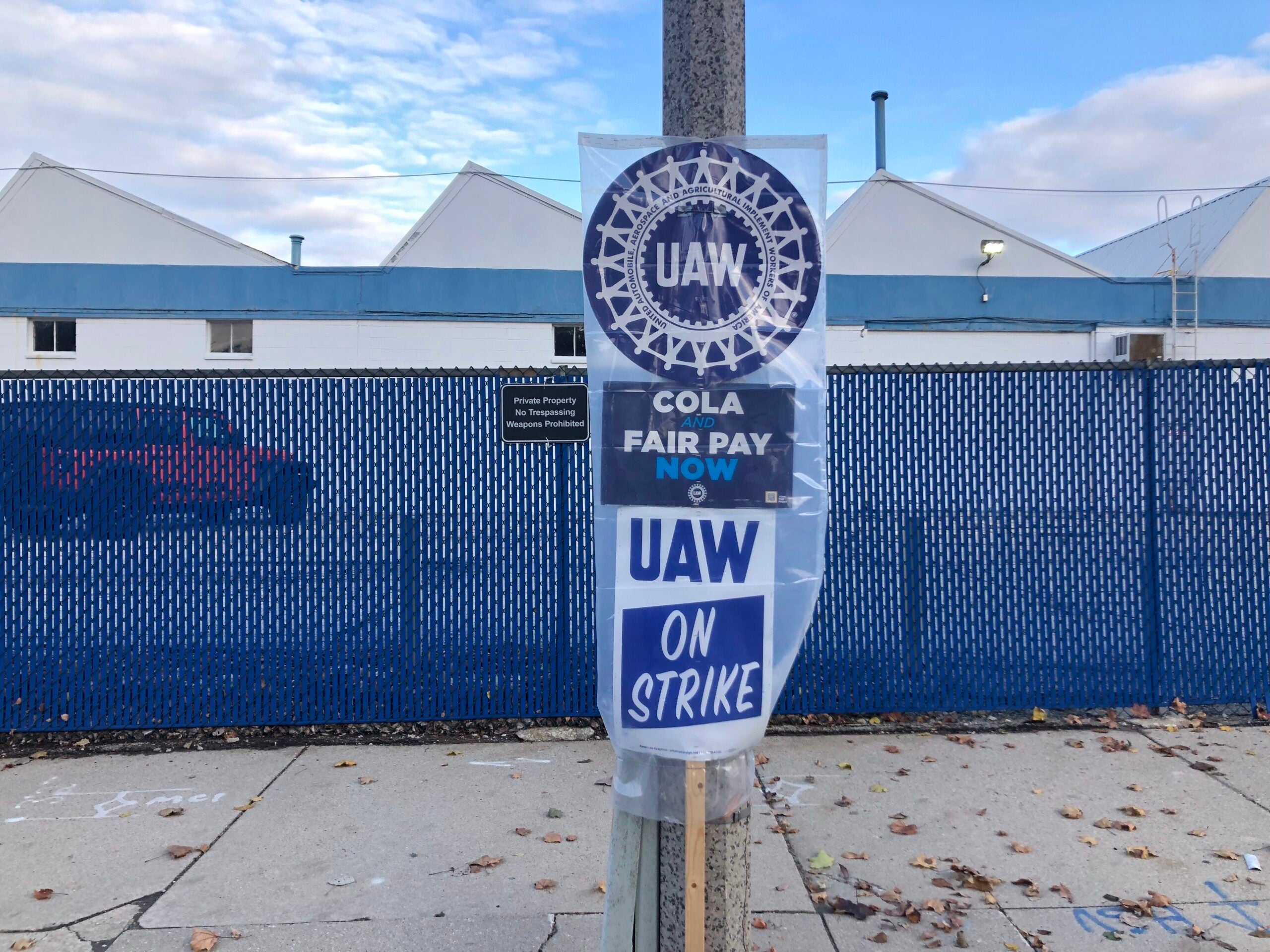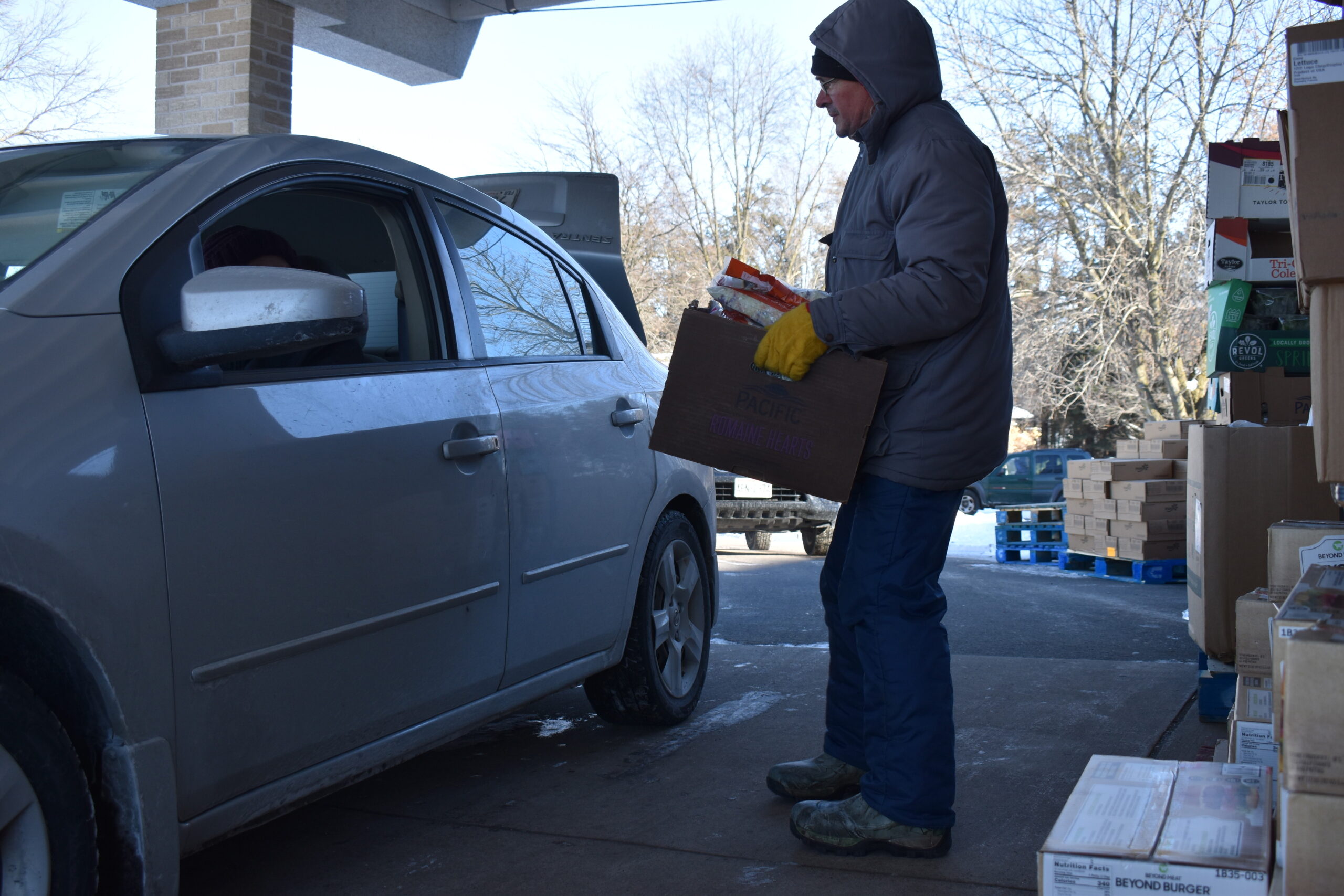Last year, 8.1 percent of workers in the public and private sector were in unions, according to the U.S. Bureau of Labor Statistics. That’s down a bit from 8.3 percent in 2015. University of Wisconsin-Madison economics professor Steven Deller said one reason is fewer manufacturing jobs, both in the United States and Wisconsin.
“A lot of our employment, we’re moving away from large-scale manufacturing so the role that unions have traditionally played has fundamentally changed,” Deller said.
The bigger impact came from state laws affecting unions. Laura Dresser, an economist with the Center on Wisconsin Strategy, said unions have stabilized but membership isn’t likely to rise.
Stay informed on the latest news
Sign up for WPR’s email newsletter.
“So in all those ways I don’t think you see a lot of signals that would suggest that trend would turn around,” she said.
In 2011, state Republicans passed Act 10, a law that restricted collective bargaining for public workers. In 2015 they passed so-called Right to Work legislation. It prohibits companies and unions from having contracts that require workers to pay dues.
Wisconsin had 219,000 union workers in 2016, representing 8.1 percent of the workforce. But the drop wasn’t as big in 2016 as it was the year before. That’s when Wisconsin lost 83,000 union members – the largest drop in the country.
Wisconsin Public Radio, © Copyright 2024, Board of Regents of the University of Wisconsin System and Wisconsin Educational Communications Board.

